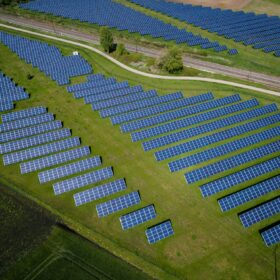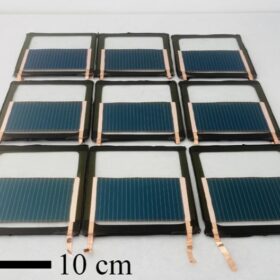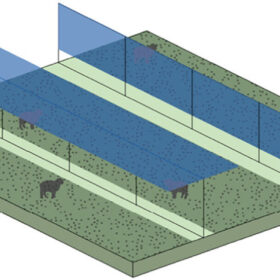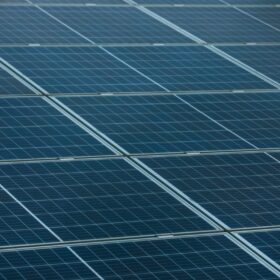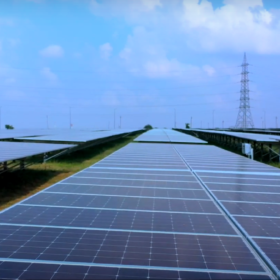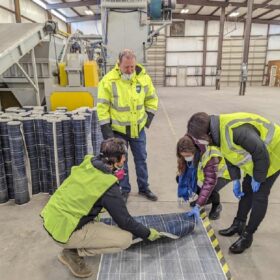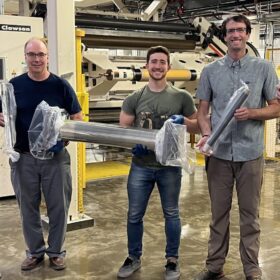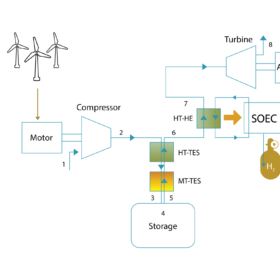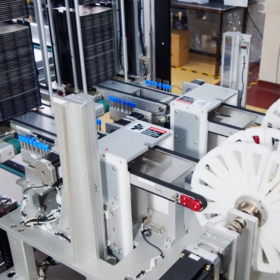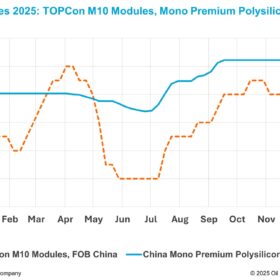BloombergNEF says global solar installations could hit 574 GW this year
BloombergNEF says in a new report that developers deployed 444 GW of new PV capacity throughout the world in 2023. It says new installations could reach 574 GW this year, 627 GW in 2025, and 880 GW in 2030.
US researchers develop 108 cm2 perovskite solar module with 19.21% efficiency
The scientists built the panel with perovskite solar cells treated with trifluoromethane sulfonate to combat iodide defects. The mini module reportedly achieved the highest efficiency ever recorded for its size to date, with the result being confirmed by the US National Renewable Energy Laboratory (NREL).
Overhead vs. vertical agrivoltaics
A survey conducted by Dutch researchers has compared the visual impact of overhead and vertical agrivoltaics farms on nearby residents and has found that vertical arrays look less invasive.
O&M strategies to improve efficiency of solar assets
People, equipment, construction and technology best practices can optimize performance.
Nepal seeking consultants for power system expansion, including solar
Nepal is seeking consultants to expand its power system, which includes building more than 200 kilometers of new transmission lines, upgrading existing ones, and constructing solar and solar-wind hybrid energy systems for remote areas. The deadline for expressing interest is Feb. 27, 2024.
The Hydrogen Stream: ReNew begins work on 1.2 mmtpa green ammonia plant in Odisha
ReNew E-Fuels is developing a green ammonia plant with a production capacity of 1.2 mmtpa (million metric tonnes per annum) in the Indian state of Odisha.
Solarcycle invests $344 million in solar factory
Solarcycle has invested $344 million in a solar manufacturing facility in Polk County, Georgia. The factory has been designed to use recycled materials from retired solar panels to produce new solar glass, positioning Solarcycle as one of the first manufacturers of specialized glass for crystalline-silicon PV in the US market.
U.S. startup advances solar perovskite thin film roll-to-roll coating
Verde Technologies, a U.S.-based spinoff of the University of Vermont specializing in single junction and all thin-film tandem perovskite solar technologies, has demonstrated that its coating processes are transferable to existing commercial roll-to-roll manufacturing lines in a project with compatriot manufacturer Verico Technology.
Solar wafer prices momentarily stable, masking turbulence of industry consolidation
In a new weekly update for pv magazine, OPIS, a Dow Jones company, provides a quick look at the main price trends in the global PV industry.
Green hydrogen, power generation tech based on compressed air storage, solid-oxide electrolysis cells
Scientists in Korea have developed a compressed air storage system that can be used as a combined cooling, heat, and power system and provide heat and power to solid-oxide electrolysis cells for hydrogen generation. It showed an overall roundtrip efficiency of 121.2% and over-unity efficiencies in the range of 100% to 120%.
